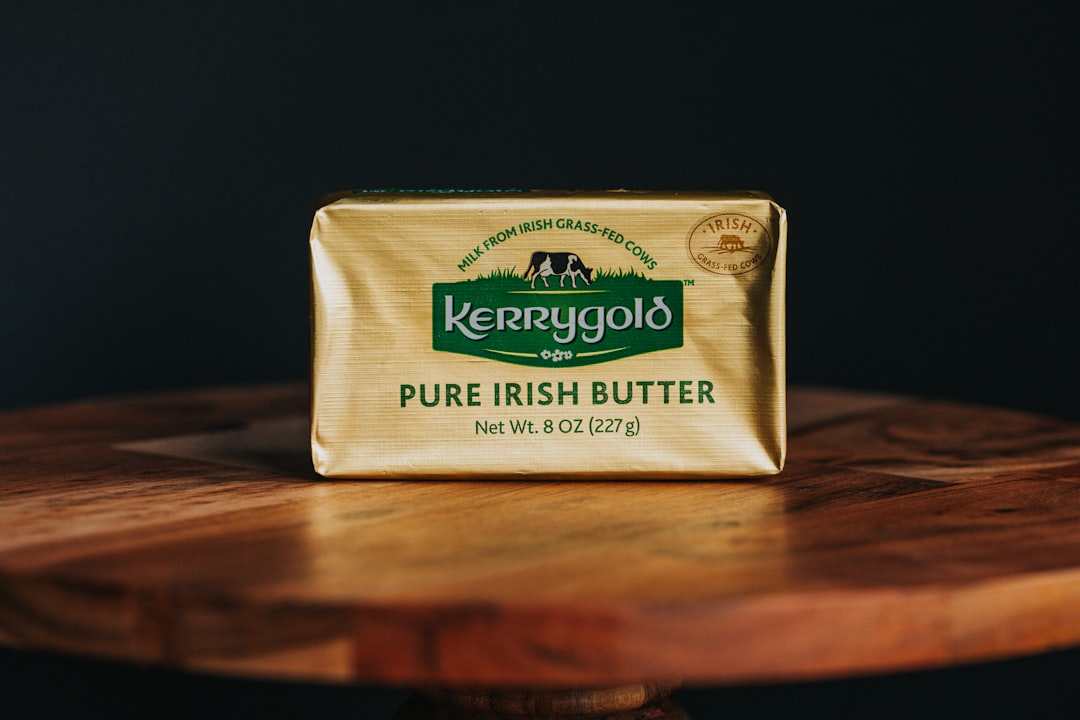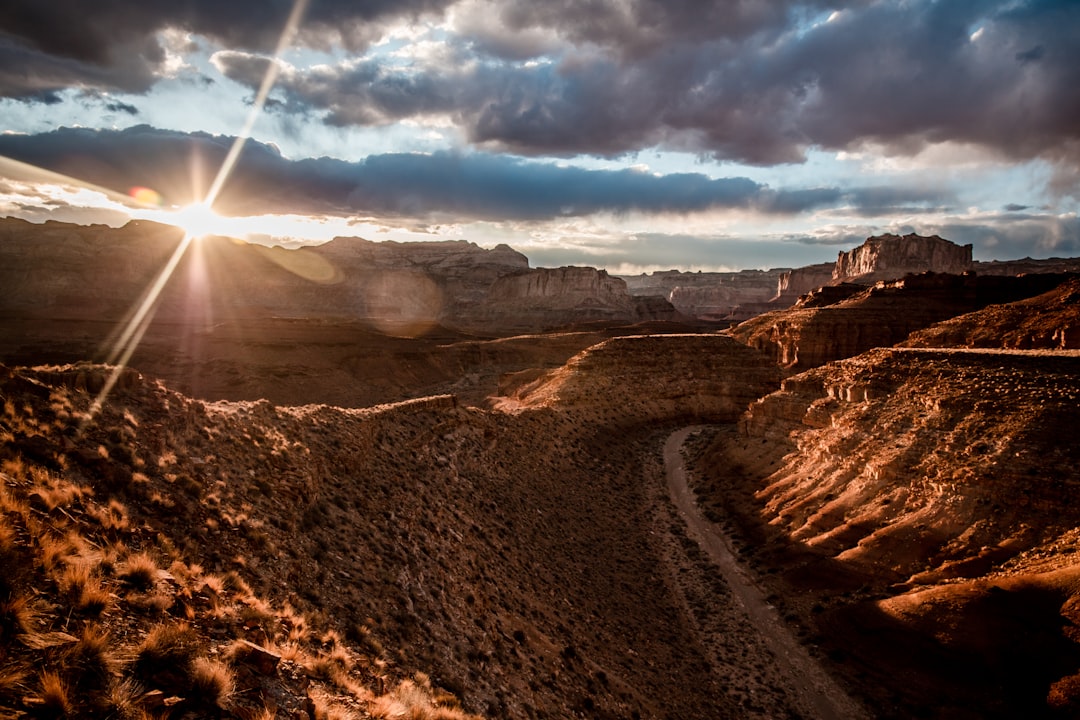Dry skin is a common condition that can affect people of all ages. It occurs when the skin is unable to retain enough moisture, leading to a lack of hydration and a rough, flaky texture. Dry skin can be caused by a variety of factors, including cold weather, low humidity, harsh soaps, and certain medical conditions. While there are many commercial moisturizers available on the market, some people prefer to use homemade moisturizers because they are natural, cost-effective, and free from potentially harmful chemicals.
Homemade moisturizers offer a range of benefits for dry skin. They can be tailored to suit individual skin types and preferences, and they often contain nourishing ingredients that can help to hydrate and soothe the skin. Additionally, making your own moisturizer allows you to have full control over the ingredients, ensuring that you are using only the highest quality, natural products. This can be particularly beneficial for those with sensitive skin or allergies, as they can avoid potential irritants and allergens commonly found in commercial skincare products.
Summary
- Dry skin can benefit from homemade moisturizers, which are natural and cost-effective.
- Shea butter and almond oil are excellent natural ingredients for moisturizing dry skin.
- Making a homemade shea butter and almond oil moisturizer is simple and requires only a few ingredients.
- Applying the shea butter and almond oil moisturizer to damp skin can enhance its effectiveness.
- Other natural ingredients like coconut oil and honey can be added to enhance the moisturizing properties of homemade moisturizers.
Understanding the Benefits of Shea Butter and Almond Oil for Dry Skin
Shea butter and almond oil are two natural ingredients that are renowned for their moisturizing properties and are commonly used in homemade skincare products. Shea butter is derived from the nuts of the shea tree and is rich in fatty acids and vitamins, making it an excellent emollient for dry skin. It has been used for centuries in Africa for its healing and hydrating properties, and it is known to help with conditions such as eczema and psoriasis. Almond oil, on the other hand, is a light, non-greasy oil that is easily absorbed by the skin. It is high in vitamin E, which is a powerful antioxidant that can help to protect the skin from damage caused by free radicals.
Both shea butter and almond oil work together to provide deep hydration and nourishment to dry skin. Shea butter helps to lock in moisture and create a protective barrier on the skin’s surface, while almond oil helps to soften and smooth the skin. Together, they can help to improve the skin’s elasticity and suppleness, leaving it feeling soft, smooth, and rejuvenated.
How to Make a Homemade Shea Butter and Almond Oil Moisturizer
Making your own shea butter and almond oil moisturizer is a simple and rewarding process that allows you to create a product that is tailored to your specific skincare needs. To make a basic moisturizer, you will need the following ingredients:
– 1/2 cup of raw shea butter
– 1/4 cup of almond oil
– Optional: a few drops of essential oils for fragrance (such as lavender or rose)
To begin, melt the shea butter in a double boiler or a heatproof bowl set over a pot of simmering water. Once the shea butter has melted, remove it from the heat and stir in the almond oil until well combined. If desired, add a few drops of essential oils for fragrance. Allow the mixture to cool slightly before transferring it to a clean, airtight container. Store the moisturizer in a cool, dry place and use it as needed.
This basic recipe can be customized to suit your preferences by adjusting the ratio of shea butter to almond oil or by adding other beneficial ingredients such as coconut oil, jojoba oil, or vitamin E oil. Experiment with different combinations until you find the perfect moisturizer for your skin.
Tips for Applying and Using Shea Butter and Almond Oil Moisturizer
When using shea butter and almond oil moisturizer, there are a few tips to keep in mind to ensure that you get the most out of its hydrating properties. Firstly, it’s important to apply the moisturizer to clean, dry skin. This allows the product to penetrate more effectively and lock in moisture. You can use the moisturizer on your face, body, hands, and even your hair to provide deep hydration and protection.
A little goes a long way with shea butter and almond oil moisturizer, so start with a small amount and add more as needed. Gently massage the product into your skin using circular motions until it is fully absorbed. Pay extra attention to areas that are prone to dryness, such as elbows, knees, and heels.
It’s best to apply the moisturizer in the morning and evening as part of your skincare routine. This will help to keep your skin hydrated throughout the day and night, promoting a healthy and radiant complexion. Additionally, be mindful of any allergies or sensitivities you may have to essential oils or other ingredients in the moisturizer, and discontinue use if any irritation occurs.
Other Natural Ingredients to Enhance the Moisturizing Properties
In addition to shea butter and almond oil, there are many other natural ingredients that can be added to homemade moisturizers to enhance their hydrating properties. For example, coconut oil is a popular choice for its rich texture and ability to deeply moisturize the skin. It also has antibacterial and antifungal properties that can help to protect the skin from infections.
Jojoba oil is another beneficial ingredient that closely resembles the natural oils produced by the skin. It is easily absorbed and helps to balance oil production, making it suitable for all skin types. Vitamin E oil is a powerful antioxidant that can help to protect the skin from environmental damage and promote healing.
Aloe vera gel is known for its soothing and cooling properties, making it an excellent addition to moisturizers for dry or sunburned skin. It can help to reduce inflammation and redness while providing lightweight hydration.
By incorporating these natural ingredients into your homemade moisturizer, you can create a product that is tailored to your specific skincare needs while reaping the benefits of their nourishing properties.
Precautions and Allergies to Consider When Using Homemade Moisturizers
While homemade moisturizers can offer many benefits for dry skin, it’s important to be aware of potential precautions and allergies when using natural ingredients. Some people may have sensitivities or allergies to certain ingredients commonly used in homemade skincare products, such as essential oils or nut-based oils like almond oil.
Before using a new homemade moisturizer, it’s advisable to perform a patch test on a small area of skin to check for any adverse reactions. This can help you determine whether the product is suitable for your skin without causing irritation or allergic responses.
It’s also important to ensure that any utensils or containers used for making homemade moisturizers are clean and sterilized to prevent contamination and bacterial growth. Store your homemade moisturizer in a cool, dry place away from direct sunlight to maintain its freshness and efficacy.
If you have any existing skin conditions or concerns, it’s best to consult with a dermatologist or healthcare professional before using homemade skincare products to ensure that they are safe and suitable for your individual needs.
Embracing Natural Remedies for Dry Skin
In conclusion, homemade moisturizers offer a natural and effective solution for dry skin by harnessing the hydrating properties of ingredients such as shea butter and almond oil. These natural remedies provide an alternative to commercial skincare products by allowing individuals to create personalized products tailored to their specific skincare needs.
By understanding the benefits of shea butter and almond oil for dry skin, learning how to make homemade moisturizers, and incorporating other natural ingredients to enhance their properties, individuals can take control of their skincare routine while avoiding potentially harmful chemicals found in some commercial products.
However, it’s important to consider precautions and allergies when using homemade moisturizers and seek professional advice if needed. Embracing natural remedies for dry skin not only promotes healthier skin but also contributes to sustainable living by reducing reliance on mass-produced skincare products. With proper care and attention, homemade moisturizers can provide effective hydration and nourishment for dry skin while promoting overall skin health and well-being.
Discover the benefits of creating your own natural skincare products with our article on “The Price of Beauty: Does Spending More on Skincare Guarantee Better Results?” at Best Skincare Products. Learn how to nourish dry skin with a homemade shea butter and almond oil moisturizer, and explore the potential cost savings and environmental benefits of eco-friendly skincare routines in “How to Build an Eco-Friendly Skincare Routine.” For more insights into skincare ingredients, delve into “Niacinamide: Why Concentrations Over 5% May Not Be Better” to make informed choices for your skincare regimen. Read more about these topics and elevate your skincare knowledge.
FAQs
What are the benefits of using a homemade shea butter and almond oil moisturizer for dry skin?
Using a homemade shea butter and almond oil moisturizer can help to deeply nourish and hydrate dry skin. Shea butter is rich in vitamins and fatty acids, which can help to soften and smooth the skin. Almond oil is also high in vitamin E and can help to lock in moisture and improve the skin’s barrier function.
How do you make a homemade shea butter and almond oil moisturizer?
To make a homemade shea butter and almond oil moisturizer, you will need to melt together shea butter and almond oil in a double boiler. Once melted, allow the mixture to cool slightly before adding any essential oils for fragrance. Pour the mixture into a clean, airtight container and allow it to solidify before use.
Are there any potential allergens in shea butter and almond oil?
Shea butter and almond oil are generally considered safe for most people, but it’s important to note that they are derived from nuts. If you have a nut allergy, it’s best to avoid using these ingredients or to perform a patch test before using them on your skin.
How often should I use a shea butter and almond oil moisturizer?
You can use a shea butter and almond oil moisturizer as often as needed to keep your skin hydrated and nourished. It’s best to apply the moisturizer to clean, dry skin and to reapply as needed throughout the day, especially in dry or cold weather.
Can I use a shea butter and almond oil moisturizer on my face?
Shea butter and almond oil can be used on the face, but it’s important to note that they are both rich and heavy oils. If you have oily or acne-prone skin, you may want to use the moisturizer sparingly or to avoid using it on your face altogether. Always patch test on a small area of skin before applying to your face.




